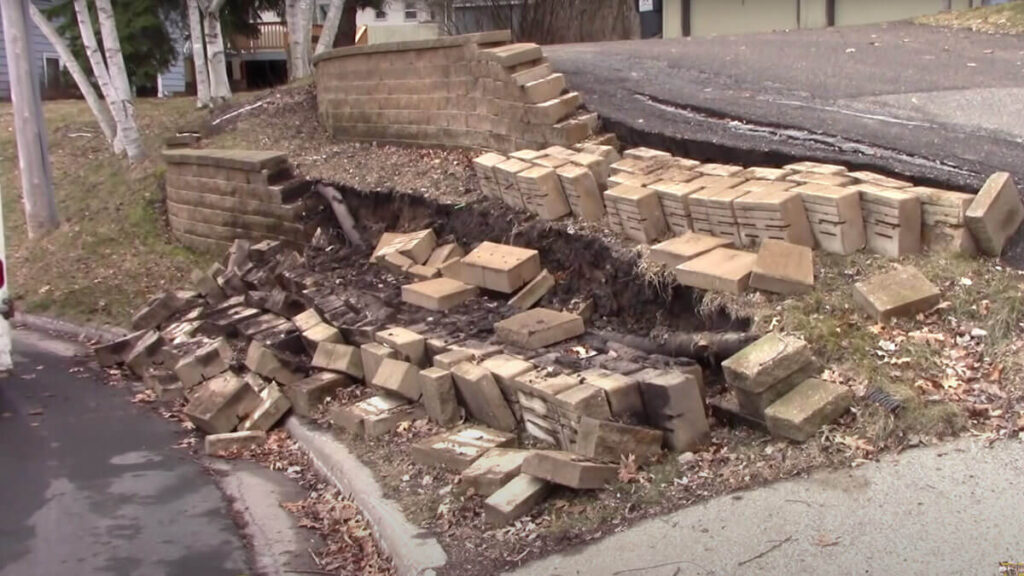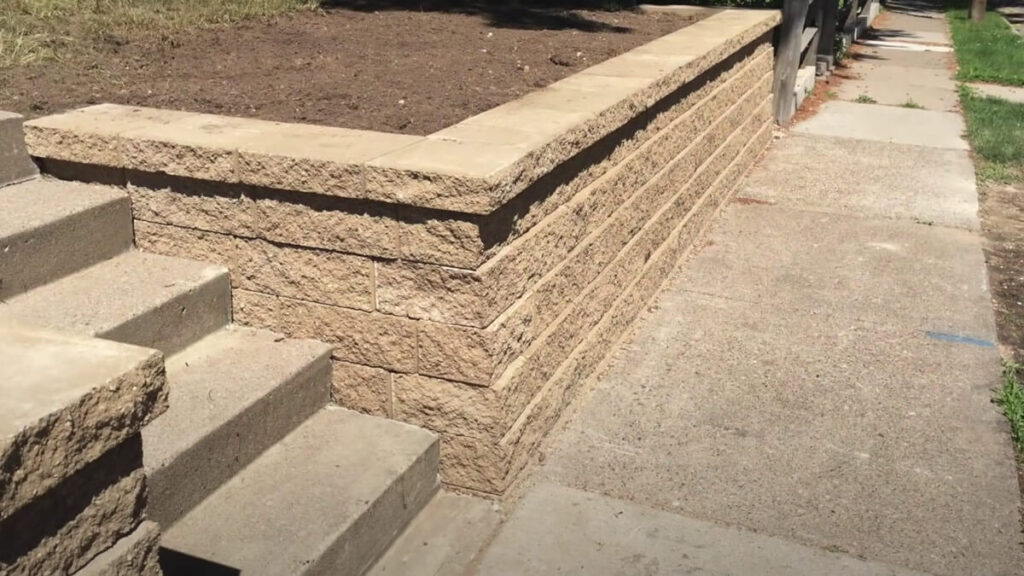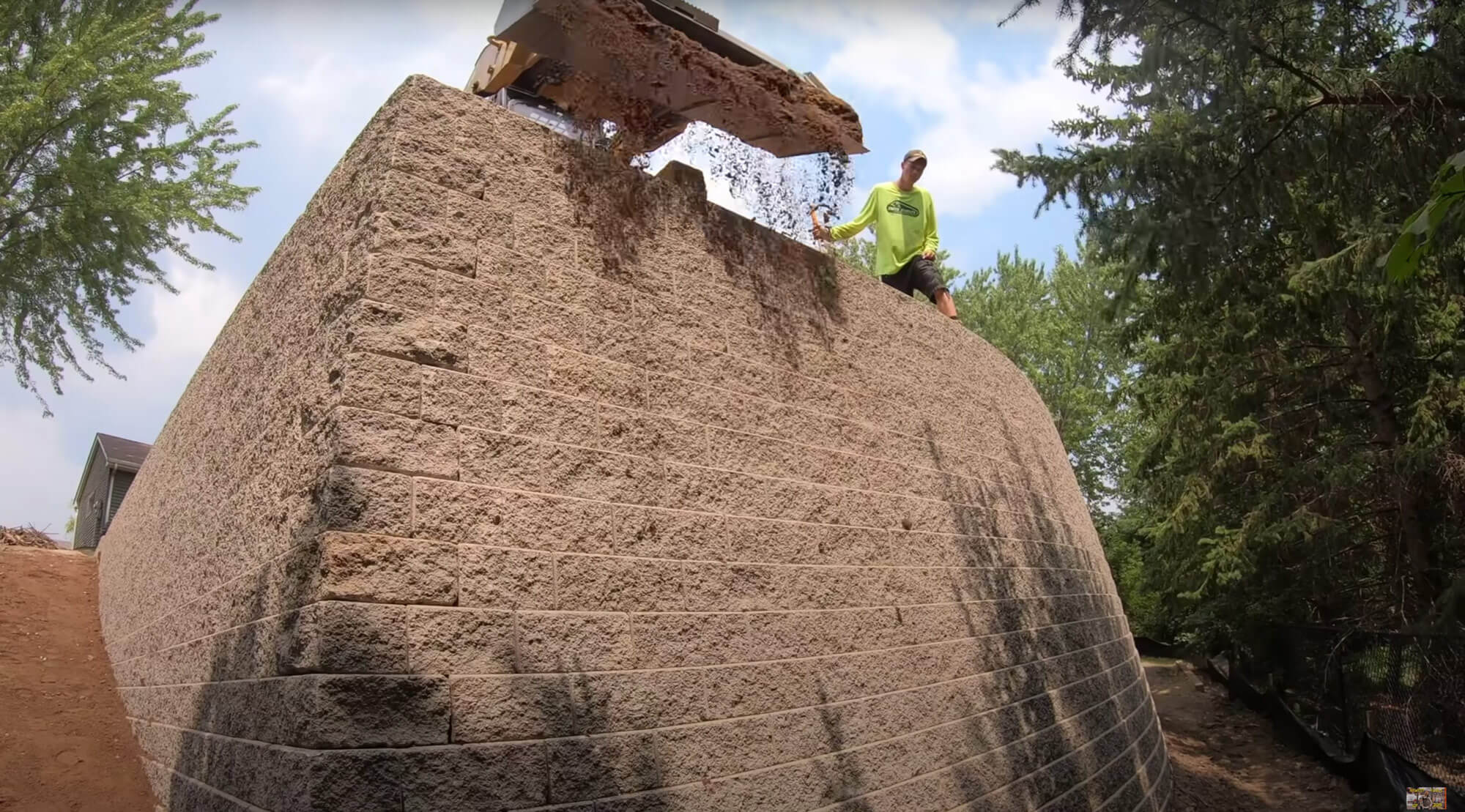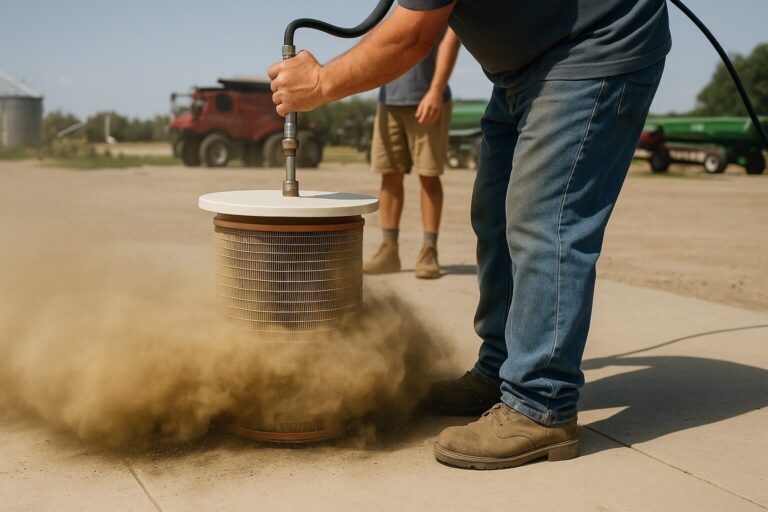Why 3/4 Clear Gravel is Better Than 3/4 Minus for Basing Retaining Walls
When it comes to building a solid, long-lasting retaining wall, one of the most important decisions you’ll make is selecting the right base material. The foundation or “base” plays a critical role in ensuring that the wall remains stable and functional for years. Among the common options for base materials are 3/4 clear gravel and 3/4 minus gravel. While both may seem similar, the choice between them can significantly affect the performance of the wall.
In this post, we’ll break down why 3/4 clear gravel is often the better choice for basing retaining walls, and how it helps to ensure durability, proper drainage, and ease of installation.
What Is 3/4 Clear Gravel?
3/4 clear gravel consists of washed, uniform gravel that is free from fines, which are the small particles that typically come with crushed gravel. The gravel size is about 3/4 of an inch, which is ideal for creating a stable, compacted base. “Clear” means the material has been cleaned of smaller debris, like dirt and dust, which ensures better water flow and compaction.
What Is 3/4 Minus Gravel?
On the other hand, 3/4 minus gravel includes a range of particle sizes, from 3/4 inch down to dust and sand. The “minus” refers to the smaller particles mixed in with the gravel, which are typically the result of crushing the stone. These smaller particles can fill gaps between the larger stones, which affects how the material compacts and drains.
Key Reasons 3/4 Clear Gravel is the Better Choice
1. Improved Drainage
One of the primary reasons for using clear gravel in the base of retaining walls is its ability to drain effectively. The lack of fines means there’s more space between the stones for water to flow through, reducing the risk of hydrostatic pressure behind the wall. Hydrostatic pressure, which builds up when water is unable to drain properly, can weaken the wall and even cause it to fail over time.
3/4 minus gravel, due to its mix of fine particles, tends to trap water, leading to drainage issues. Over time, this trapped water can erode the base and cause the wall to shift or crack.
2. Better Compaction
For a retaining wall to be stable, its base needs to be well-compacted. The uniform size of the 3/4 clear gravel allows it to compact evenly and tightly. When the gravel particles interlock during compaction, they form a strong, stable foundation that can support the weight of the wall and the material behind it.
3/4 minus gravel, due to the finer particles, compacts into a denser material, but it doesn’t allow for the same kind of stable interlocking as 3/4 clear. The fines tend to fill in the gaps between larger particles, but this can also lead to less effective compaction in the long run.
3. Long-Term Durability
When it comes to building a retaining wall that lasts, durability is key. The better drainage and compaction of 3/4 clear gravel help prevent moisture buildup behind the wall, which can lead to cracking, erosion, and settlement. A strong base ensures that your retaining wall remains stable for years, even as it supports heavy loads.
The fine particles in 3/4 minus gravel are prone to erosion, especially when exposed to moisture. This erosion can weaken the base of the wall, leading to potential shifting or failure over time.

4. Easier to Work With
3/4 clear gravel is easier to handle and level when installing the base for a retaining wall. Since the material is cleaner and free of fines, it doesn’t get as sticky or clumpy as 3/4 minus gravel, making it simpler to spread and compact. This can save you time and effort during the installation process, leading to a smoother project overall.
In contrast, 3/4 minus gravel can be more challenging to work with. The fines tend to bind together, creating a material that can be difficult to level and compact evenly, potentially resulting in an uneven base for your retaining wall.
5. Reduced Risk of Clogging Weep Holes
Weep holes are small openings at the bottom of a retaining wall designed to allow water to escape. If the base material clogs these weep holes, water can become trapped behind the wall, leading to pressure buildup and potential damage. Since 3/4 clear gravel is free of fines, it doesn’t risk clogging weep holes as easily as 3/4 minus gravel, which contains smaller particles that can block these crucial drainage points.
Conclusion: The Smart Choice for Retaining Walls
While both 3/4 clear gravel and 3/4 minus gravel can technically serve as base materials for retaining walls, 3/4 clear gravel is the clear winner for most projects. Its superior drainage, compaction, and long-term durability make it the ideal choice for creating a stable foundation that ensures the longevity and effectiveness of your retaining wall. By choosing 3/4 clear gravel, you’re investing in a retaining wall that will stand the test of time and help prevent costly repairs down the road.
So, if you’re building a retaining wall, remember that the base material matters—and 3/4 clear gravel is your best bet for a strong, stable, and durable structure.




